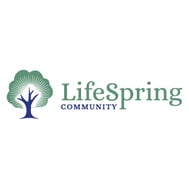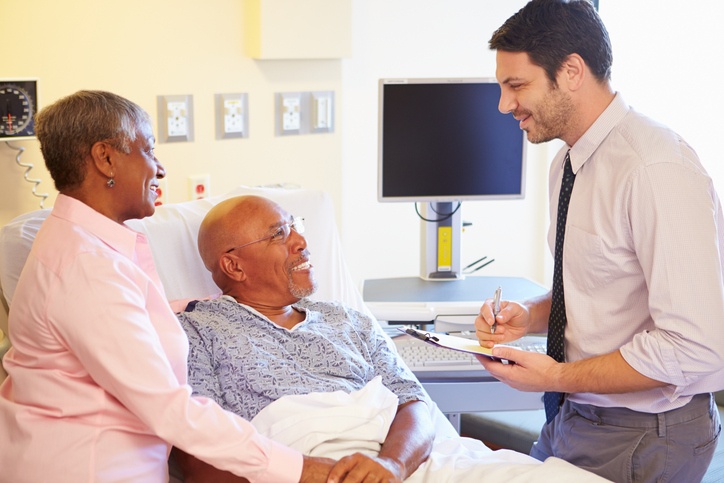In a 2016 report, the American Stroke Association revealed that over 700,000 people have strokes every year in the U.S., of which 75% are the first the patient has ever had. Recovery from a stroke varies from patient to patient, and it is often the type of care they receive after being released from the hospital that makes the most positive impact on their future. Although some patients may return to their lives with ease, others will require short-term or long-term care options, and learning how to choose a care program effectively can simplify the transition.
Planning For Discharge
Before a patient is even ready to leave the hospital, staff at the location will be assessing that person's home life and other environmental factors to determine how (and if) they can be released. For example, if the patient lives alone without immediate kin or resides in a remote area with little of their community nearby, finding a care facility to help them get back to normal may be the best option.
According to the National Stroke Association, there are 5 different types of rehabilitation care facilities, all which service different needs:
- Acute Care:This type of care is administered in a hospital, with many different types of rehabilitation options available. Those who are at risk for complications and need attentive care to continue their recovery are the most likely candidates for this type of inpatient rehab.
- Sub-Acute Care: While still provided as an inpatient option, sub-acute care is conducted in a rehabilitation ward where nurses provide daily basic care and some rehabilitation activities. This service is often reserved for those with severe disabilities caused by their stroke.
- Long-Term Care:For those who require constant nursing assistance but are stable, long-term care is optimal. With skilled nurses and rehabilitation activities at least 2 days a week, this type of treatment is a safe way to keep patients on the road to recovery.
- Outpatient Care:Patients who can care for themselves at home find outpatient care to be useful. Usually, these facilities are referred to someone if they are able to get themselves to the appointment, and can occur both in the hospital, itself, or in an outpatient rehabilitation facility.
- Home Health Care:For those who are cleared of major health risks but are unable to leave their home for rehabilitative services, home health care can bring recovery techniques to the patient. Home health care techniques are used as needed, but may be scheduled out in advance.
When To Ask For Help
When it comes to family, putting someone you love and care about into a care facility can seem heartless and difficult. However, patients who require a high level of care or specialized equipment can be at a specific disadvantage if kept at home. Consider the quality of care you can give to a patient who is being released from the hospital, and ask yourself if you are able to give them everything they need in order to make a recovery or live comfortably. Outside of basic financial concerns, be sure to discuss your patient or loved one's needs in detail with your doctor to ascertain the specific level of care they will require. Ask yourself questions, such as how much free-time you are willing to dedicate to caring for them, and make a decision that will favor both you and the patient in the long run.
At Church Home LifeSpring, both long-term and short-term patients can find exquisite comfort and care through our attentive staff. We are committed to providing your loved ones with state-of-the-art rehabilitation facilities and a plethora of relevant services for our patients to engage in. Our mission is to find the best solution possible, while making those in our care feel at home. Contact us for more information on providing loving, long-term and short-term rehabilitation services.


